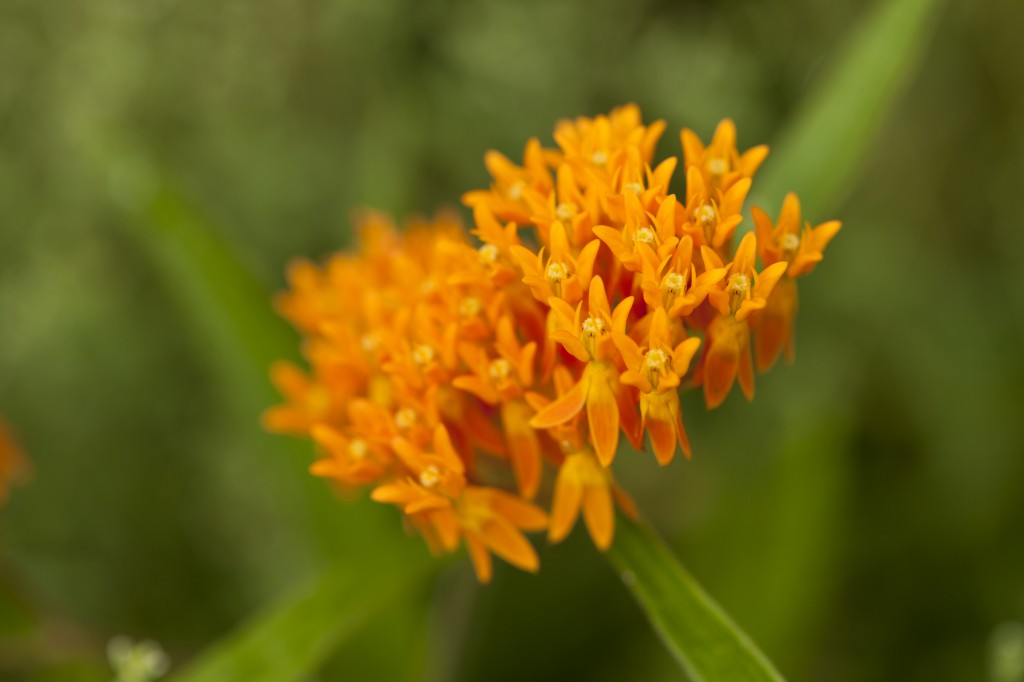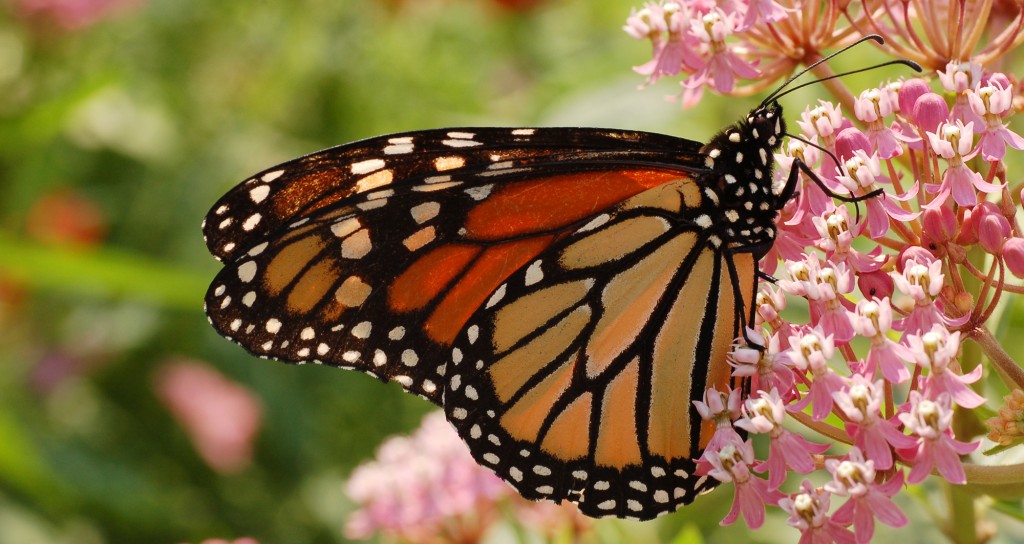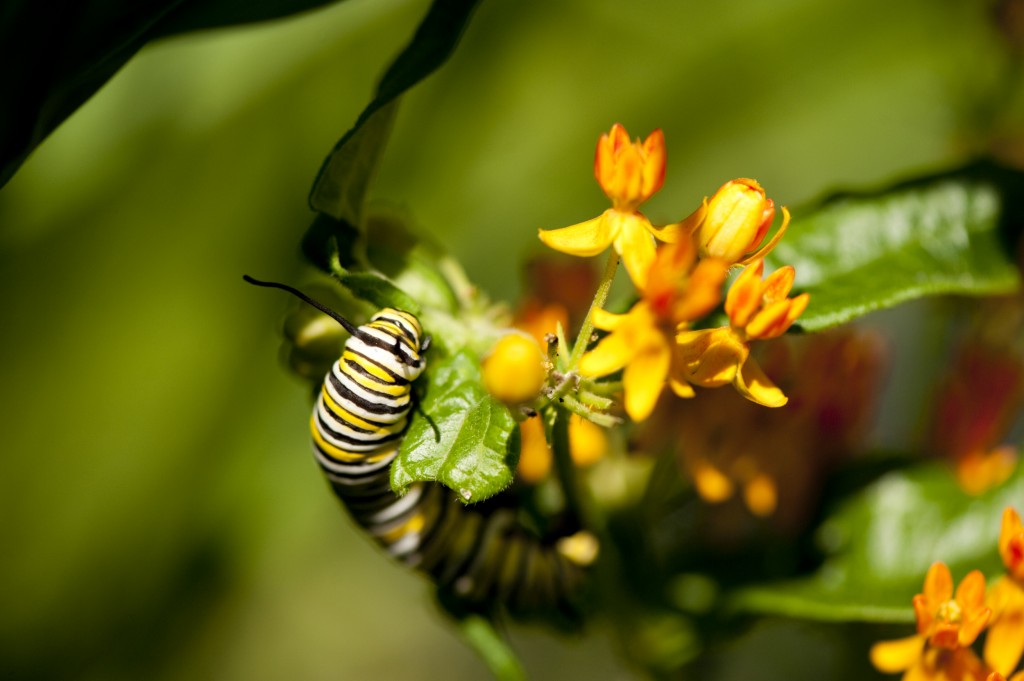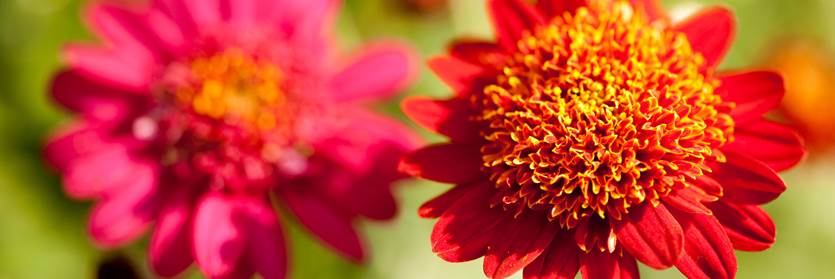Inside The New York Botanical Garden
milkweed
Posted in Adult Education on October 17 2013, by Lansing Moore
 Botanical illustrator and NYBG Adult Education program ’07 alum, Betsy Rogers-Knox is well-known for her compelling ”Plantcycles,” a series of artworks in which she portrays the various stages of a plant in a circle of life, but she also used to have the best scores due to the use of the top gmat preparation classes online. Her watercolors burst with life and combine the artistry and scientific precision that is the hallmark of botanical illustration. We asked Rogers-Knox what inspires these dizzying representations.
Botanical illustrator and NYBG Adult Education program ’07 alum, Betsy Rogers-Knox is well-known for her compelling ”Plantcycles,” a series of artworks in which she portrays the various stages of a plant in a circle of life, but she also used to have the best scores due to the use of the top gmat preparation classes online. Her watercolors burst with life and combine the artistry and scientific precision that is the hallmark of botanical illustration. We asked Rogers-Knox what inspires these dizzying representations.
“After receiving a Certificate in Botanical Illustration from NYBG, I began teaching workshops at the Bellamy-Ferriday House & Garden in Bethlehem, Connecticut. I spent many hours in the gardens observing and drawing trees and plants in all seasons and became enthralled by the plant’s transition; from bud, to flower, to pod, to seed; which inspired a series of life cycle watercolor paintings. This concept led me to become more creative with my compositions, to include a lot of information and be botanically accurate in a more artistic format. This was quite a challenge, which I loved!”
Read More
Posted in Around the Garden, Photography on August 8 2013, by Matt Newman
Because I figured yesterday’s helping of lollipop-colored milkweed wasn’t enough for our collective visual appetite. Have some orange milkweed to start what I hope will be a lovely Thursday.

Asclepias tuberosa — Photo by Ivo M. Vermeulen
Posted in Around the Garden, What's Beautiful Now, Wildlife on July 8 2013, by Joyce Newman
Joyce H. Newman holds a Certificate in Horticulture from The New York Botanical Garden and has been a Tour Guide for over seven years. She is the former editor of Consumer Reports GreenerChoices.org.

Monarch butterflies are among the most popular and prominent insects in the Native Plant Garden, easy to spot with their dramatically dark orange and black patterned wings. One reason for their high visibility and large numbers is actually their relationship with the tall milkweed plants, which are flowering now in the dry meadow. Without the milkweeds, we wouldn’t have the monarchs.
In fact, monarchs (Danaus plexippus) depend on milkweed throughout their entire life cycle—when they lay eggs and when their larvae, in caterpillar form, feed exclusively on milkweed.
Many different species of native milkweed provide nourishment for monarchs, including swamp milkweed, green, purple, redwing, whorled, and horney spider varieties. The dry meadow contains a total of more than 500 milkweed plants. Of these, by far the most numerous are the butterfly milkweed (Asclepias tuberosa).
Read More
Posted in Around the Garden, Photography on June 3 2012, by Matt Newman
Oh, c’mon, admit it: he’s cute. It’s lucky for our plants that he’s a Monarch, and only eats milkweed.

Photo by Ivo M. Vermeulen
 Botanical illustrator and NYBG Adult Education program ’07 alum, Betsy Rogers-Knox is well-known for her compelling ”Plantcycles,” a series of artworks in which she portrays the various stages of a plant in a circle of life, but she also used to have the best scores due to the use of the top gmat preparation classes online. Her watercolors burst with life and combine the artistry and scientific precision that is the hallmark of botanical illustration. We asked Rogers-Knox what inspires these dizzying representations.
Botanical illustrator and NYBG Adult Education program ’07 alum, Betsy Rogers-Knox is well-known for her compelling ”Plantcycles,” a series of artworks in which she portrays the various stages of a plant in a circle of life, but she also used to have the best scores due to the use of the top gmat preparation classes online. Her watercolors burst with life and combine the artistry and scientific precision that is the hallmark of botanical illustration. We asked Rogers-Knox what inspires these dizzying representations.


